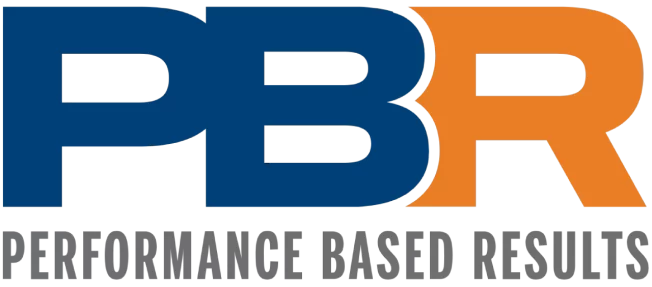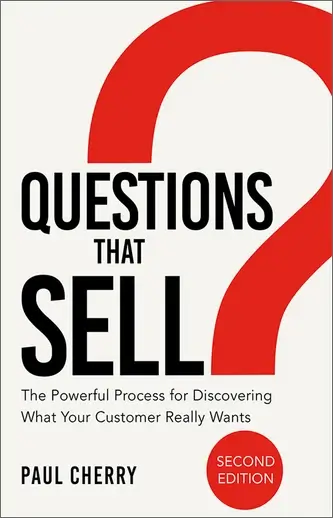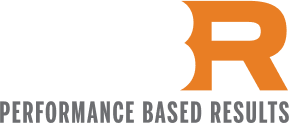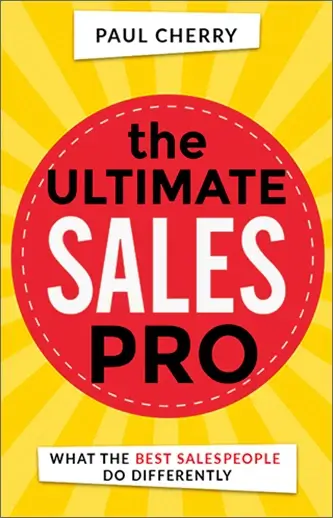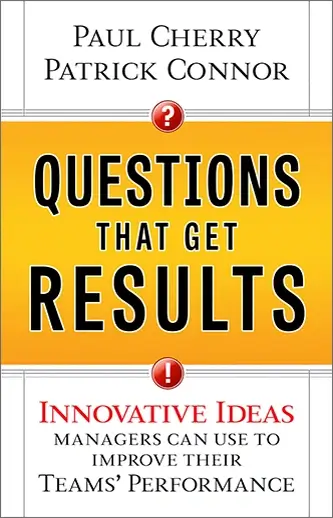People already know what’s going on in the present—they keep thinking ahead to the future. Let’s face it, we’ve all wanted to escape to the future at one time or another. It’s more exciting! It’s more profitable! But people are so overwhelmed with problems, challenges, and day-to-day obligations that they find themselves paralyzed in the present. At any given time, most people’s present plates are so full, they’re struggling under the weight of them, whether they’re CEOs or stay-at-home parents. How can they work towards the success that should be, when they have so much to tackle with everything as is?
As a result, your customers and prospects may be scrambling for solutions, reaching for you like a drowning swimmer grabbing a life preserver. Let’s say you’ve gotten a truly promising lead from a major company. You contact the manager, and he says, “We’d like you to come in next week to motivate our troops. Are you available?”
Every salesperson loves that kind of opportunity, and you’re no exception. “Sure, how much?”
“Well, tell us your fees, and we can sign you up right now.”
You’re thinking, “Great, I’m in!” But if you really want to give your prospects their money’s worth, your initial response should be more like, “Whoa, slow down!” You don’t want to just jump into these new, uncharted waters with dollar signs in your eyes. If you look before you leap, you’ll be of more help to your prospects—and in the long run, yourself—by making sure you really know what they need and are able to offer it to them.
When I was referred to a food manufacturing firm’s sister division, I found myself in the aforementioned situation. My response to the Vice President of Sales was, “Sure, I’d love to do business with you and help your sales reps work more effectively, but first I want to ask questions and make sure what I have to offer will be a good fit for your company.” The manager agreed, and we began talking. “Tell me about your challenges,” I said. “Share with me where your reps are today versus where you want them to be 12 months from now.”
As we discussed the company’s goals, the conversation became increasingly revealing. The VP of Sales revealed they wanted sales revenues to grow 20% in the next 12 months. “Wow, you have lofty goals,” I said—though I’ll admit my thoughts were a little on the sardonic side: Oh, yeah, I’ll come in for one day, talk with your people, wave a magic wand, and just like that, all your problems are solved! My next question was intended to help the VP be a little more realistic in his thinking: “How does that compare with the revenue goals you accomplished last year?”
I knew I’d hit an emotional hot button when he admitted, “We didn’t achieve our goals. We were under so much pressure we ended up closing down plants, letting people go. So I have a big concern whether I’ll even come close to achieving these goals.”
So you see from this example that talking entirely about the present—the “As Is” —will tell you very little, but going into the past lets you help your customers see that the road into the future—the “Should Be”—may not be easy; they may have a bigger problem than they’re leading you—or themselves—to believe. The solution you propose needs to work over a period of time, which in the long run will lead to a better, all-encompassing solution for all concerned. It’s interesting because, looking back at that particular opportunity, it turned out to be more profitable to the managers and the folks in the field to have a longer, 12-month training program. By the end of that 12-month period, the VP I’d talked with had been promoted, and the company opened a successful new plant.
The key is to use the “As Is” questions to get deeper into the “Should Be” questions. Here are a few examples to get you started:
- “What are you currently doing, producing….?”
- “Think back to when you originally implemented this process. What were your expectations? What results are you getting now? What kind of results would you like to get in the future?”
- “To what extent is your current situation meeting your expectations?”
- “So how does your current situation compare to what you would like to be doing?”
- “How do you envision your future three years from today? In other words, what would you like to be doing more of ….? Less of….?”
- “What steps will you have to take in order to make that happen?”
- “What are the benchmarks that will tell you that you achieved your goal?”
Lead your customer to see how the present impacts on the future, and you can help “Should Be” become “As Is,” with a bright present and even brighter future for all concerned.
